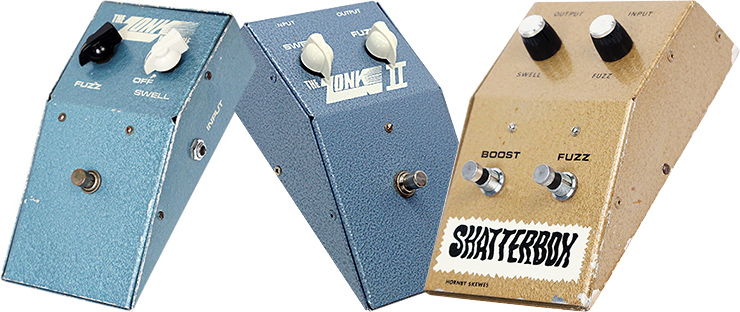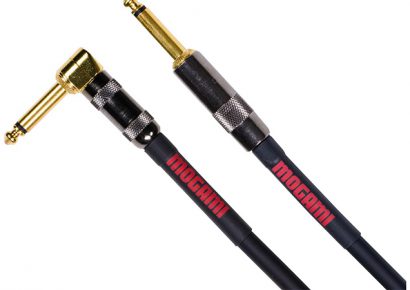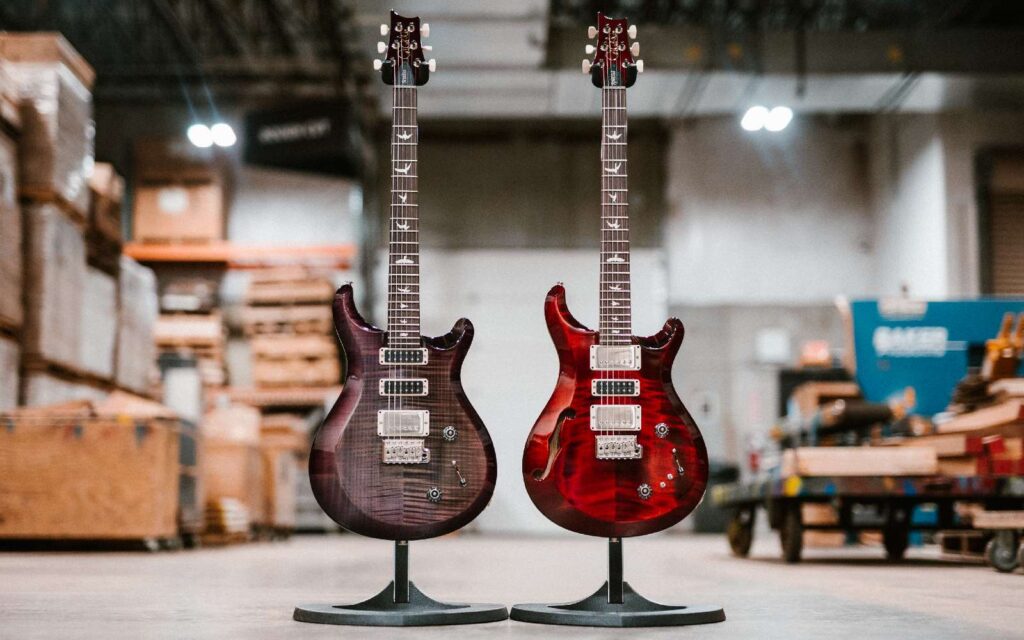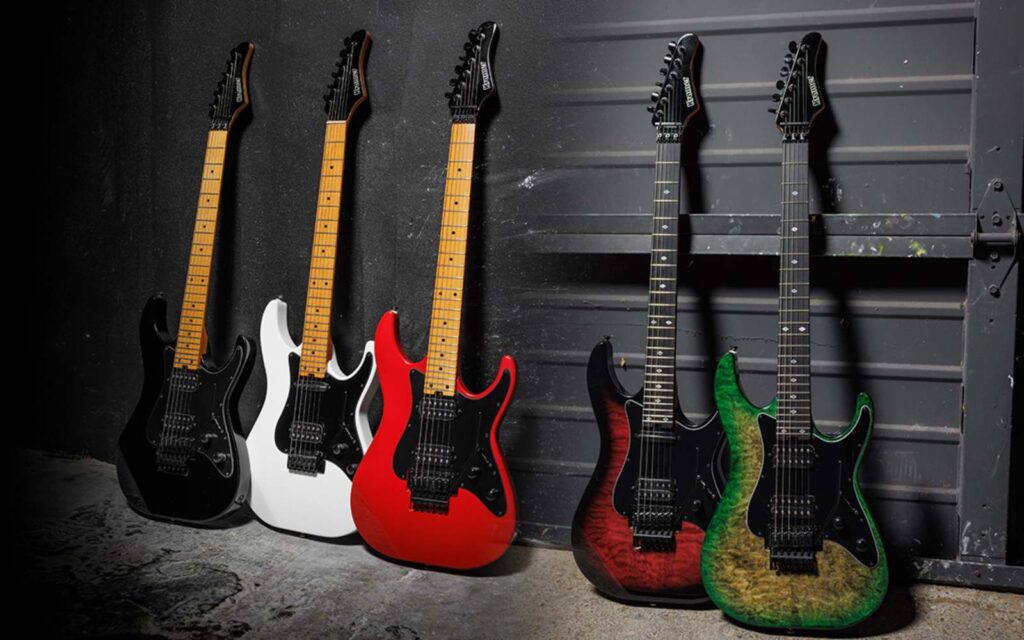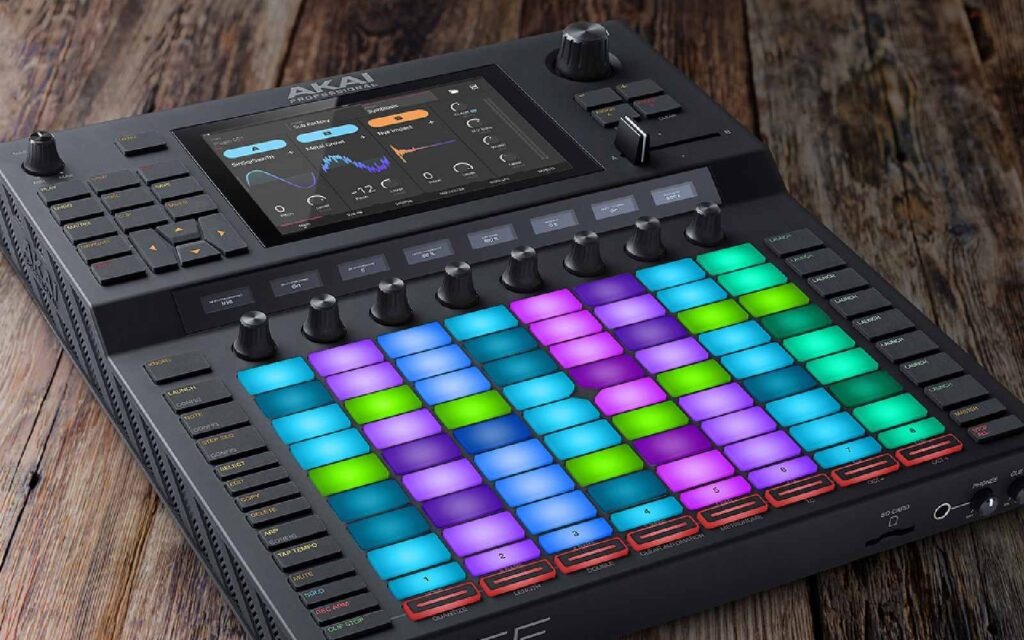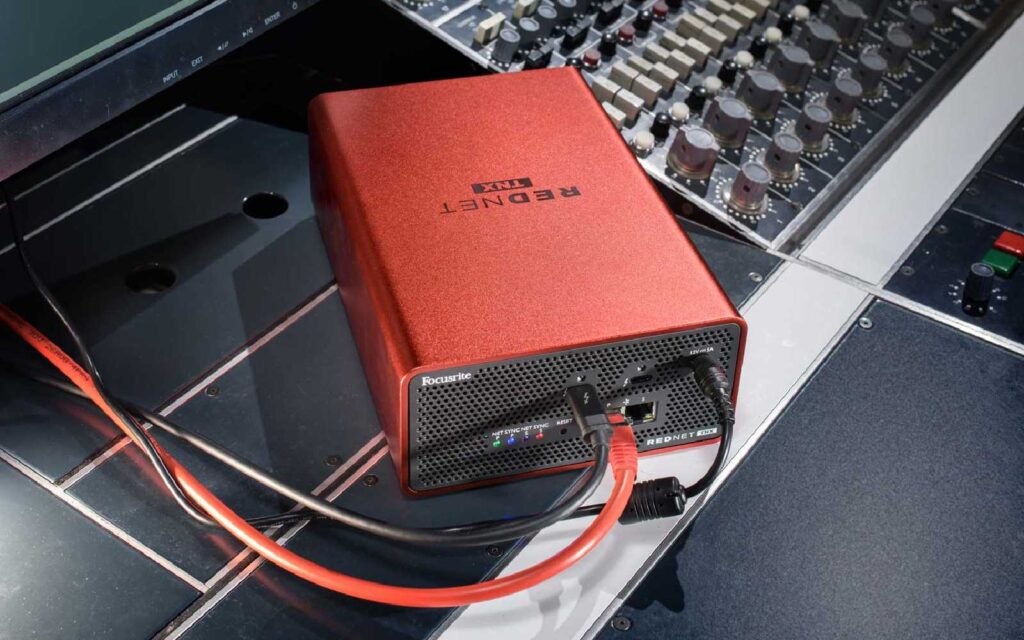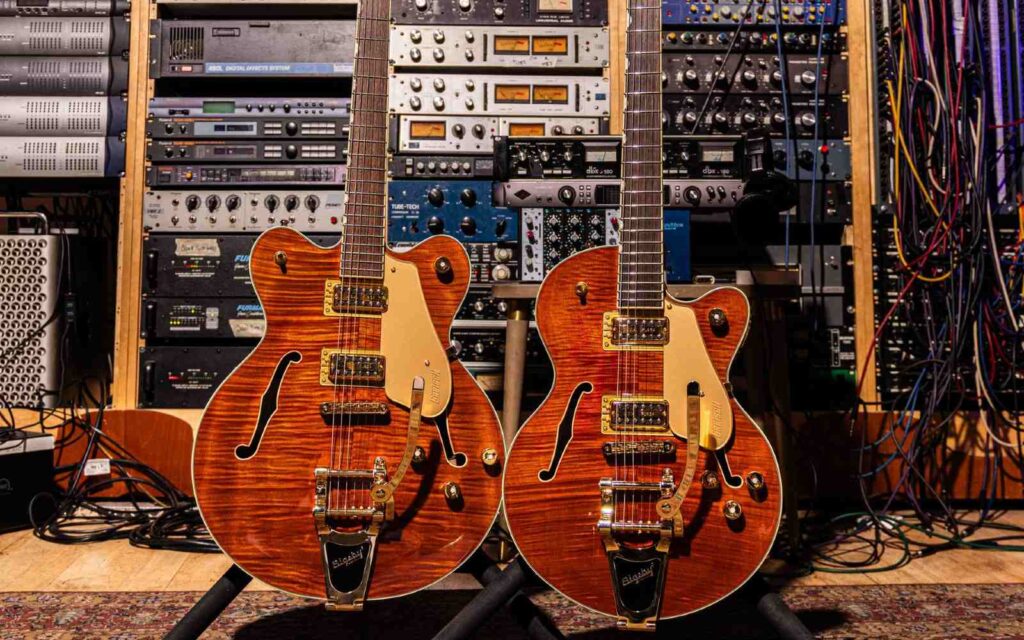As the demand for fuzz boxes went up, the supply started to follow. John Hornby Skewes was one of the many men who saw the opportunity to capitalise on a cultural shift which saw the musicians being seen as the cool kids, rather than the outcasts.
In 1965, Skewes commissioned a small company called Wilsic Electronics to build his stompboxes, and owner Charlie Ramskirr went about building them. By the end of the year the Hornby Skewes Zonk Machine made its debut, and was selling for about £14, which was still a bit expensive for a kid to buy.
The pedal was housed in a simple steel box and had just two controls, fuzz and swell. It was basic and effective, the way most good pedals still are today. Featuring a “highly developed circuit, using expensive American transistors”, the Zonk Machine boasted a more complex sound than its rival the Tone Bender, with more boost and a slight oscillation.
To cater to the market of slightly poorer guitarists, the Zonk Machine II was released in 1966, at a price of just £8. As it was based on the same circuits as the original, the concessions in price were made in the transistors, with silicon used in place of germanium for this model.
Following on from the Zonk Machines under Skewes’ name were a range of different pedals, including a treble boost, preamp, bass boost and the Shatterbox, which was a stompbox with fuzz and boost capabilities and used the same transistors of the Zonk II.
The untimely death of Ramskirr in 1968 meant that only a limited amount of these Zonk Machines were made, meaning they are quite the collectors item today. You can check out a video of the machine in action below:
